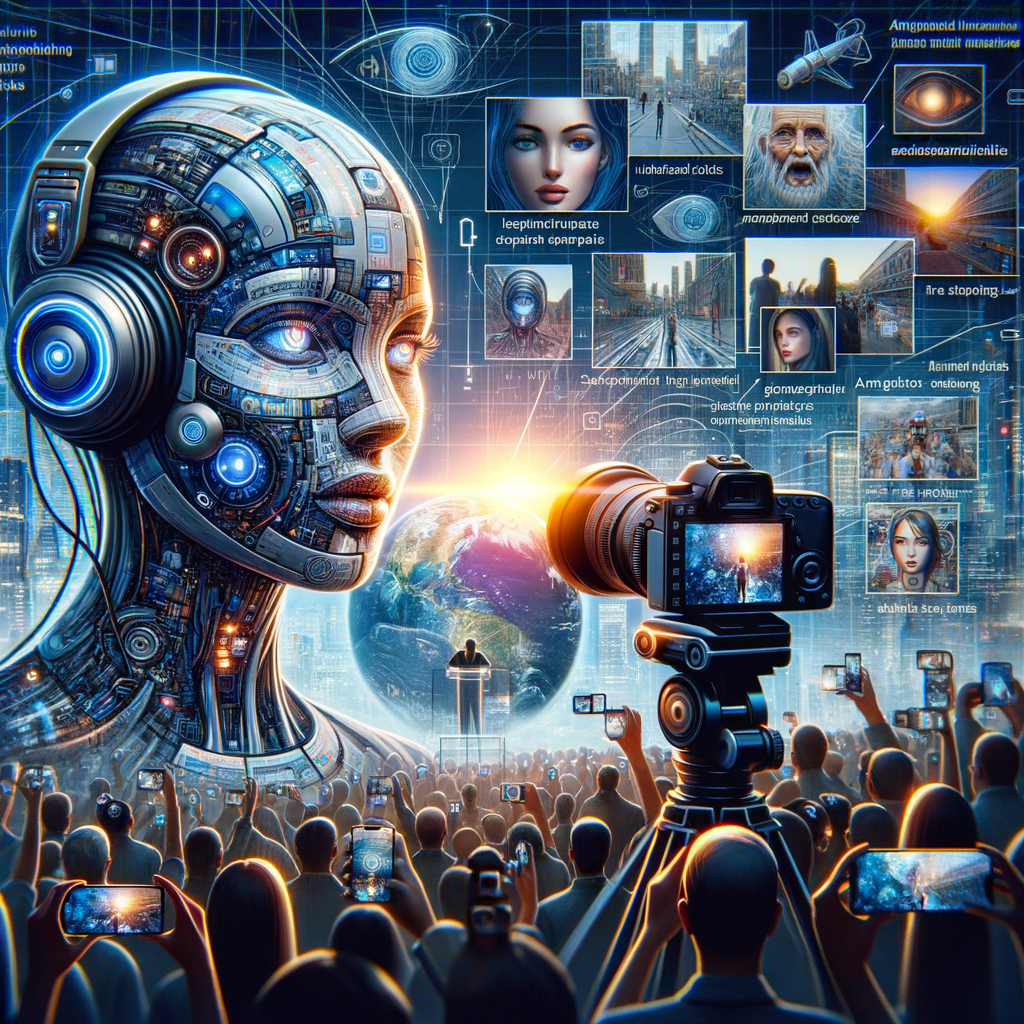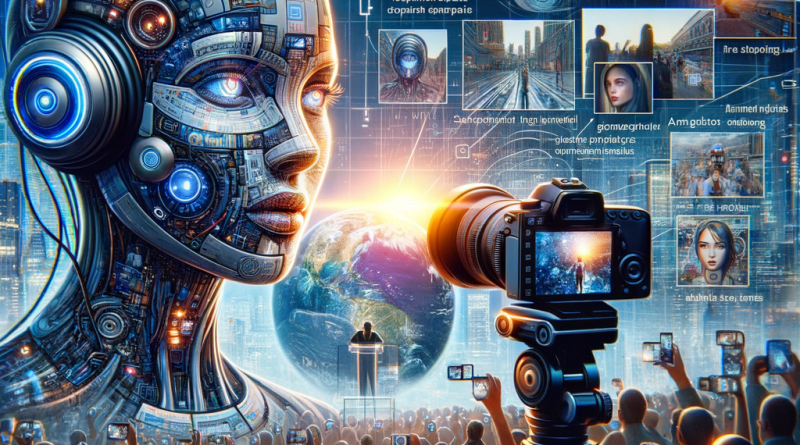**”OmniHuman-1 and the Future of Deepfakes: Innovation or Threat?”**

“`html
The Evolution of Deepfakes: Are We Ready for OmniHuman-1?
Deepfakes have just taken a major leap forward, thanks to ByteDance’s latest AI model, OmniHuman-1. This technology can take a single image—whether a selfie, a full-body shot, or even a cartoon—and animate it realistically to match an audio or video input.
How OmniHuman-1 Works
Unlike previous deepfake technologies that required extensive training on specific video samples, OmniHuman-1 can work with almost any static image. Once provided with an audio clip, it generates realistic gestures, lip movements, and facial expressions that align with the sound.
- Realistic animations: The model captures subtle human expressions and body language.
- Versatility: It works with various source materials, including illustrations, selfies, and still photos.
- Audio-visual synchronization: It not only matches lip movements but also body language to the tone and energy of the voice.
The Potential and the Risks
While deepfake technology has entertainment and productivity applications—such as translating speech in real-time or creating engaging educational videos—it also comes with serious risks.
Potential Benefits
- Content creation: Brands and influencers can create lifelike avatars for digital media.
- Language translation: OmniHuman-1 avatars can provide more natural real-time dubbing for international content.
- Historical and educational purposes: Imagine seeing historical figures deliver speeches with accurate facial expressions.
Security Concerns
- Identity theft: Scammers could misuse this technology to impersonate individuals with alarming accuracy.
- Misinformation: The rise of AI-generated content may make it more difficult to discern reality from fiction.
- Election interference: Experts worry that hyper-realistic deepfakes might be used to manipulate voters.
How Can We Address Deepfake Risks?
Companies like Cloudflare are working on integrating AI-powered authenticity verification tools, such as Adobe’s content authenticity framework. Additionally, governments worldwide are pushing for policy changes to identify and regulate AI-generated content.
It’s clear that while OmniHuman-1 represents an incredible leap in artificial intelligence, it also raises ethical dilemmas that society must confront. For now, vigilance, regulation, and digital literacy will be key in navigating this rapidly evolving landscape.
Final Thoughts
Deepfake technology like OmniHuman-1 is here to stay. The challenge lies in leveraging it responsibly while mitigating the risks. As AI-generated media becomes more prevalent, educating the public on recognizing and verifying digital content is more crucial than ever.
#DeepfakeTechnology #ArtificialIntelligence #AIAdvancements #Deepfakes #ByteDance #OmniHuman1 #SyntheticMedia #AIForGood #TechEthics
“`
